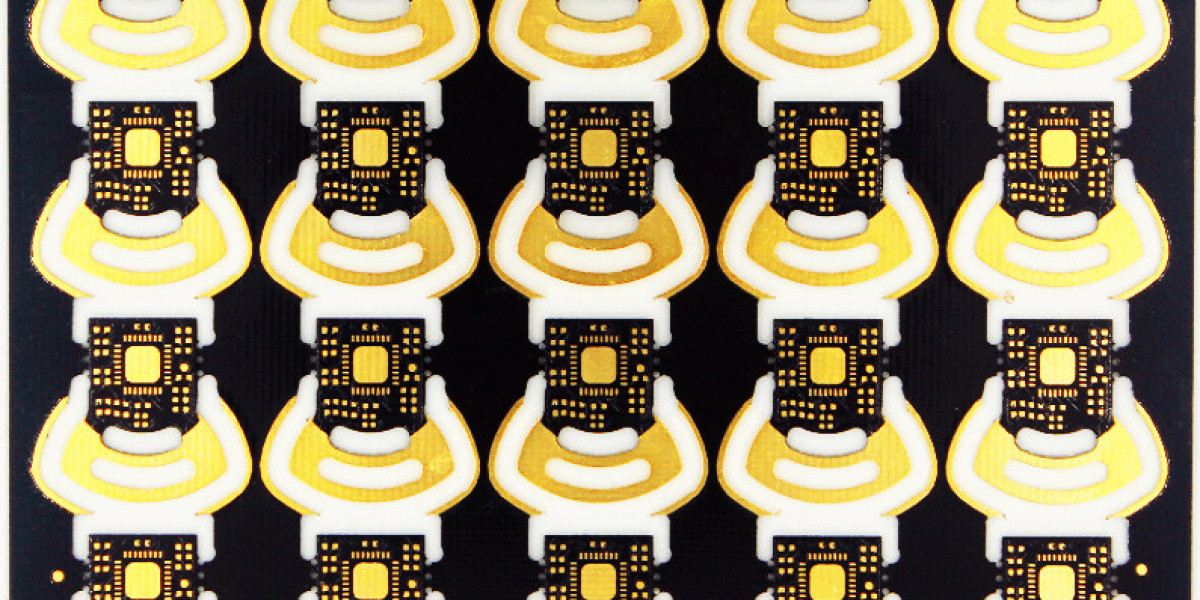China has established itself as a dominant force, particularly in the realm of Printed Circuit Board (PCB) production. China's ascendancy in the PCB industry is not just a result of its massive manufacturing capacity but also due to strategic investments in technology, innovation, and infrastructure. This article delves into the factors that have contributed to China's dominance in the PCB industry and examines the elements of its manufacturing excellence.
The Rise of China's PCB Industry
China's PCB industry began to take off in the late 20th century as the country embarked on a path of economic reform and industrialization. The government implemented policies that encouraged foreign investment, technological transfer, and the development of a skilled workforce. These initiatives, combined with China's inherent cost advantages, set the stage for its emergence as a global leader in PCB manufacturing.

Key Factors Contributing to China's Dominance
- Scale and CapacityChina boasts the largest PCB manufacturing capacity in the world. The sheer scale of production facilities allows for economies of scale, driving down costs and enabling Chinese manufacturers to offer competitive pricing. Major manufacturing hubs such as Shenzhen, Dongguan, and Suzhou are home to numerous PCB factories that collectively produce a significant portion of the world's PCBs.
- Advanced Manufacturing TechnologyChinese PCB manufacturers have heavily invested in state-of-the-art manufacturing technologies. Advanced equipment for automated production, surface-mount technology (SMT), and precision testing ensures high-quality output and consistency. This technological edge allows Chinese companies to meet the stringent quality requirements of various industries, from consumer electronics to aerospace.
- Skilled WorkforceThe development of a skilled workforce has been a cornerstone of China's manufacturing strategy. The country has made substantial investments in education and vocational training programs to ensure a steady supply of qualified technicians and engineers. This focus on human capital has enabled Chinese PCB manufacturers to maintain high standards of production and innovation.
- Comprehensive Supply ChainChina's extensive and integrated supply chain network is a significant advantage. The proximity of suppliers, manufacturers, and logistics providers facilitates efficient production processes and reduces lead times. This comprehensive ecosystem supports the rapid turnaround of PCB orders and enhances the flexibility to meet diverse customer demands.
- Government Support and PolicyThe Chinese government has played a crucial role in fostering the growth of the PCB industry. Policies that promote industrial development, research and development (R&D), and export incentives have created a favorable business environment. Additionally, initiatives such as "Made in China 2025" aim to elevate the country's manufacturing capabilities to even higher levels of technological sophistication.
Innovations Driving China's PCB Excellence
- High-Density Interconnect (HDI) TechnologyChinese manufacturers have made significant strides in HDI PCB technology. These PCBs, characterized by finer lines and spaces, smaller vias, and higher connection pad density, are essential for modern electronics that require compact and complex designs. The adoption of HDI technology has enabled Chinese companies to serve high-end markets such as smartphones, tablets, and wearables.
- Flexible and Rigid-Flex PCBsInnovations in flexible and rigid-flex PCBs have opened new possibilities for design and functionality. Chinese manufacturers are at the forefront of producing these versatile PCBs, which are crucial for applications in medical devices, automotive electronics, and consumer gadgets. The ability to produce flexible PCBs that can bend and twist without compromising performance is a testament to China's manufacturing prowess.
- Environmental SustainabilityAs environmental concerns become increasingly important, Chinese PCB manufacturers are adopting greener practices. Investments in eco-friendly materials, waste reduction, and energy-efficient processes are becoming more common. Compliance with international environmental standards such as RoHS (Restriction of Hazardous Substances) and REACH (Registration, Evaluation, Authorisation, and Restriction of Chemicals) is also a priority.

The Global Impact of China's PCB Industry
China's dominance in the PCB industry has far-reaching implications for the global electronics market. The country's ability to produce high-quality PCBs at competitive prices has made it the preferred supplier for countless companies worldwide. This dominance has also driven innovation and efficiency in the industry, raising the bar for PCB manufacturing globally.
However, this dominance also poses challenges. The concentration of PCB manufacturing in China means that disruptions, such as those caused by geopolitical tensions or global pandemics, can have significant ripple effects on the global supply chain. Diversifying supply chains and investing in alternative manufacturing hubs are strategies that some companies are exploring to mitigate these risks.
Conclusion
China's dominance in the PCB industry is a result of a combination of factors, including massive scale, advanced technology, a skilled workforce, an integrated supply chain, and supportive government policies. The country's commitment to innovation and excellence continues to drive its leadership position in this critical sector of the electronics industry.







